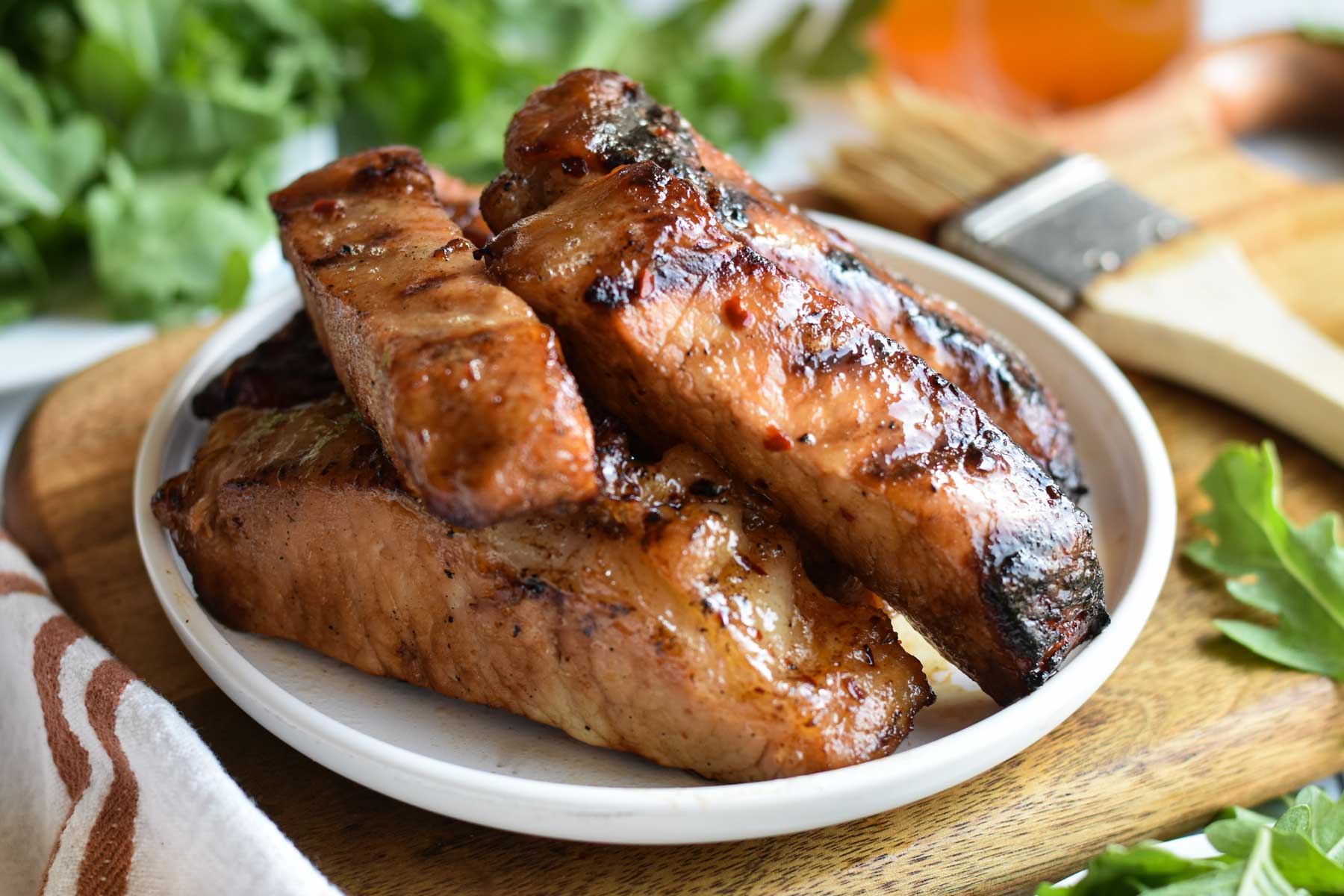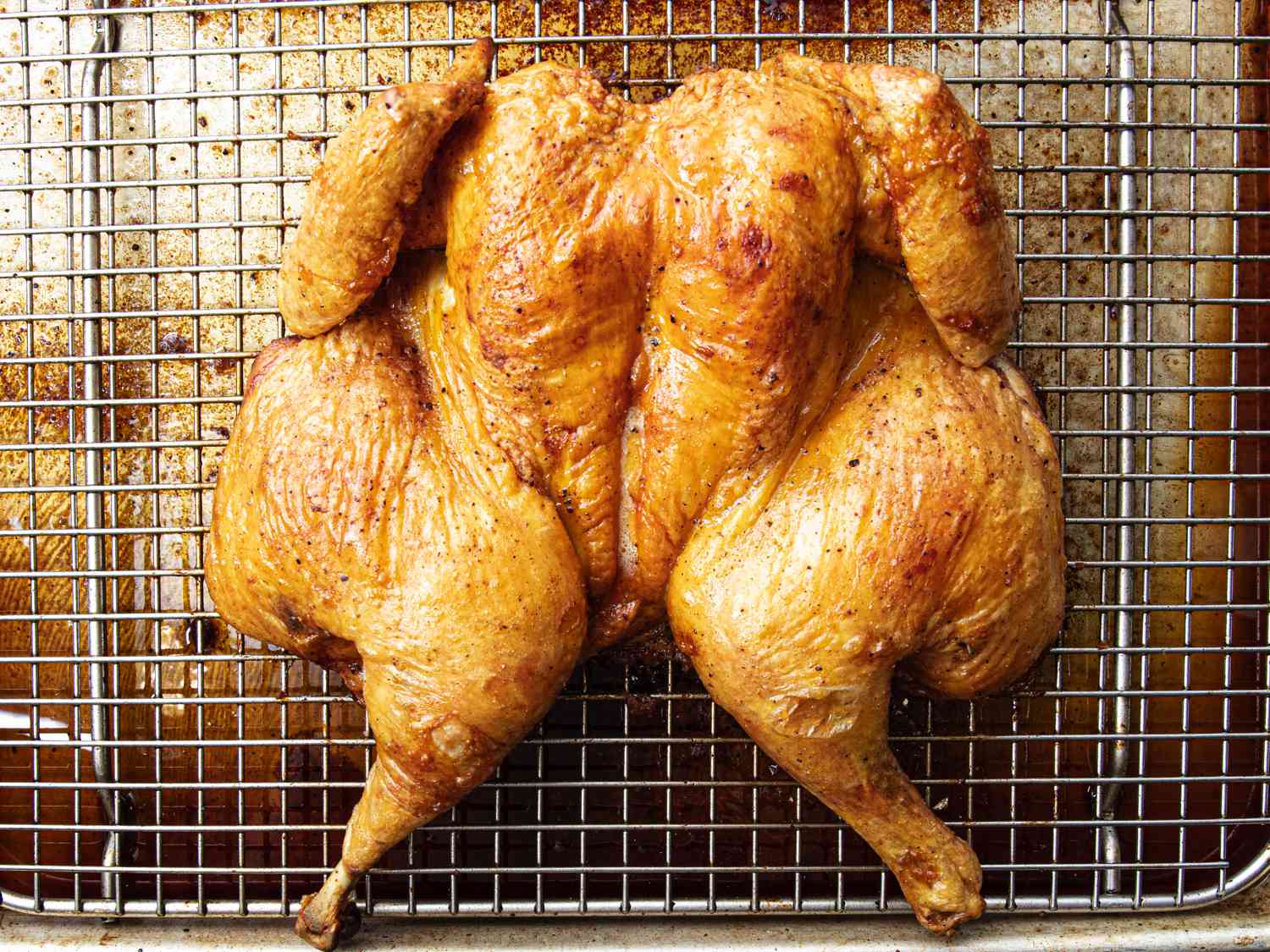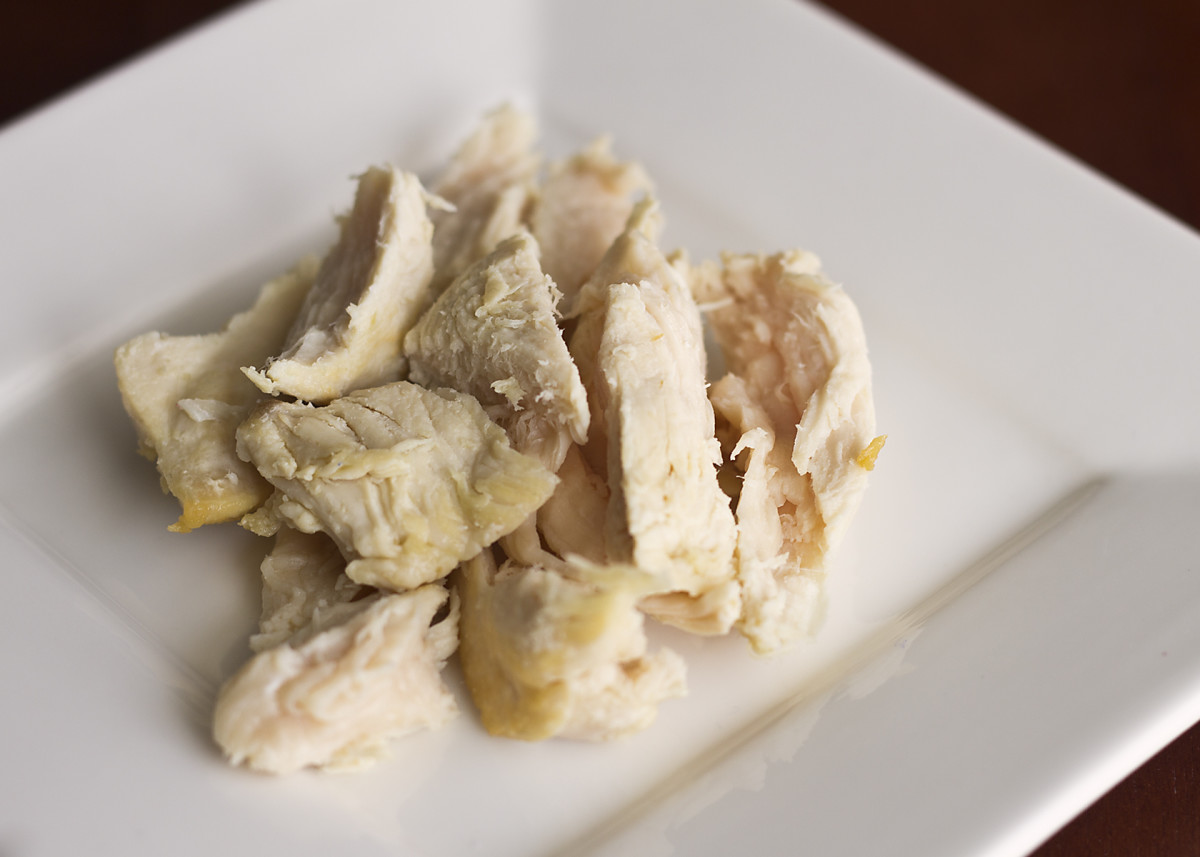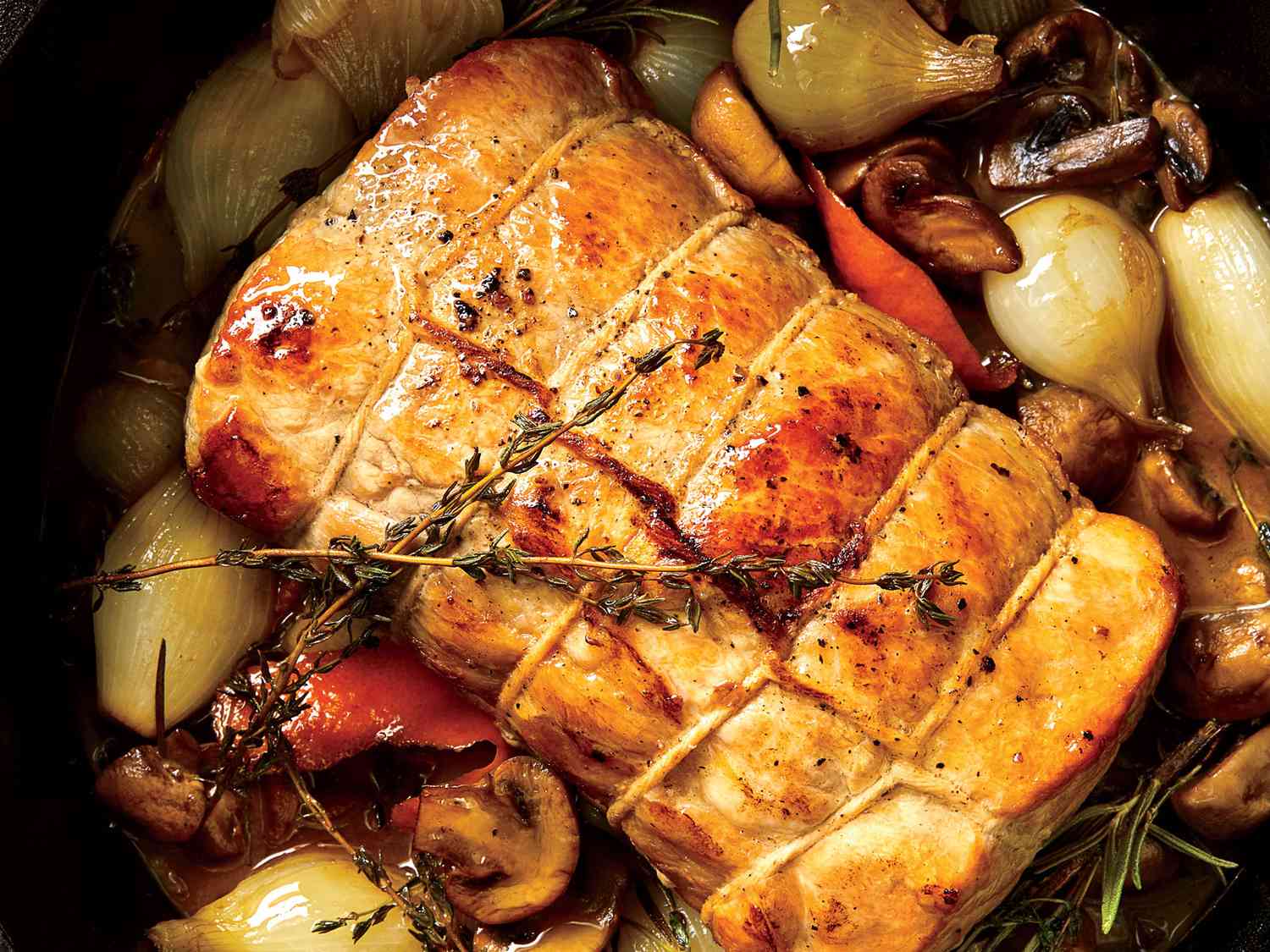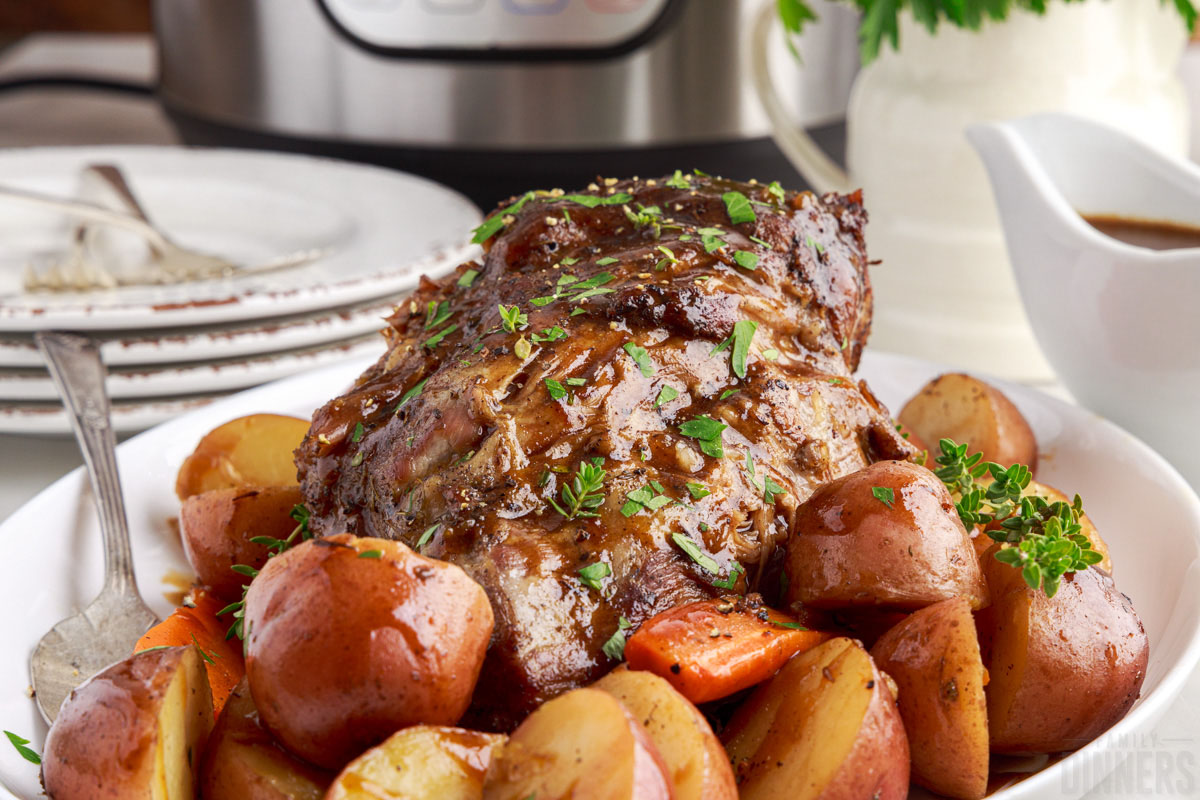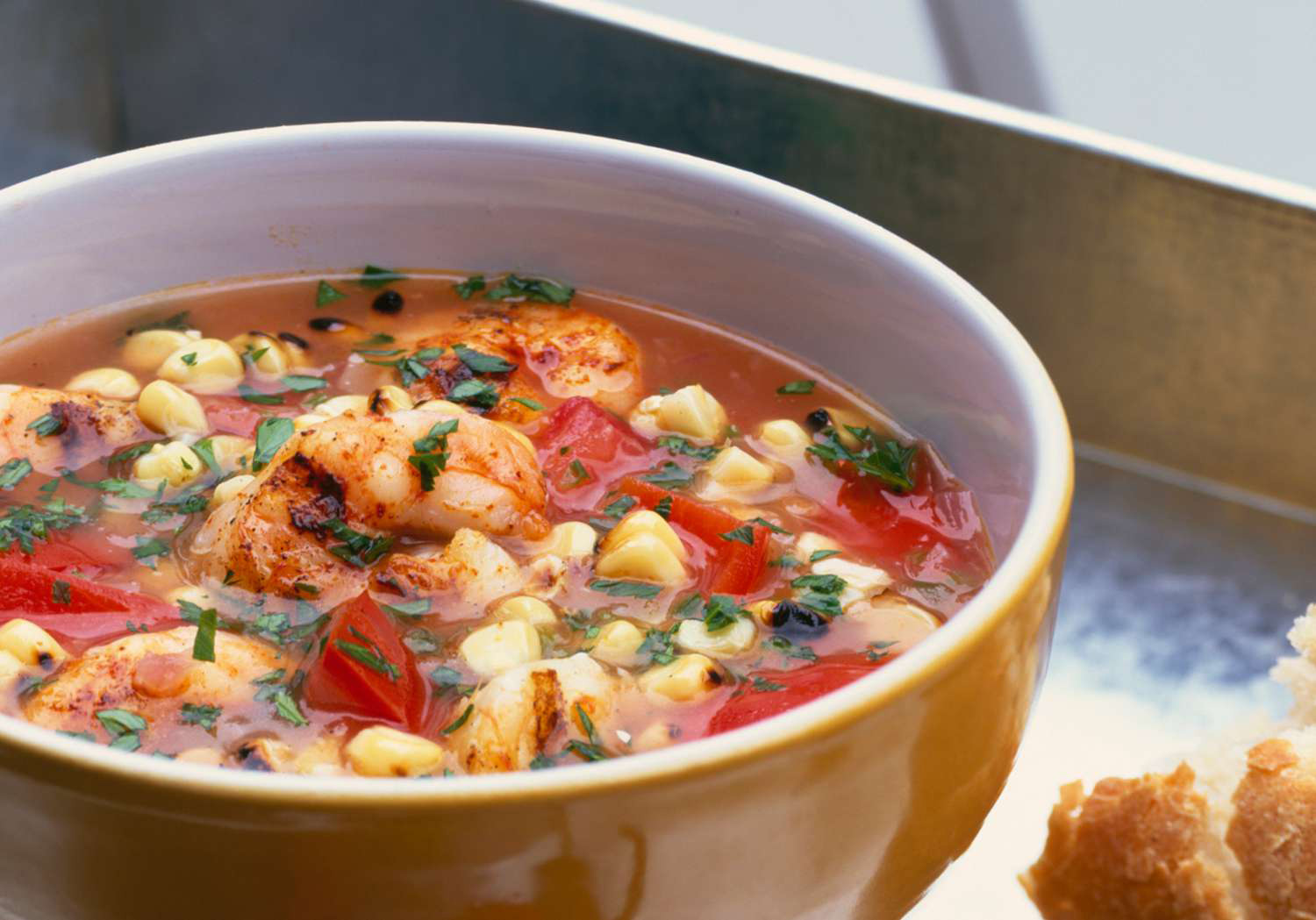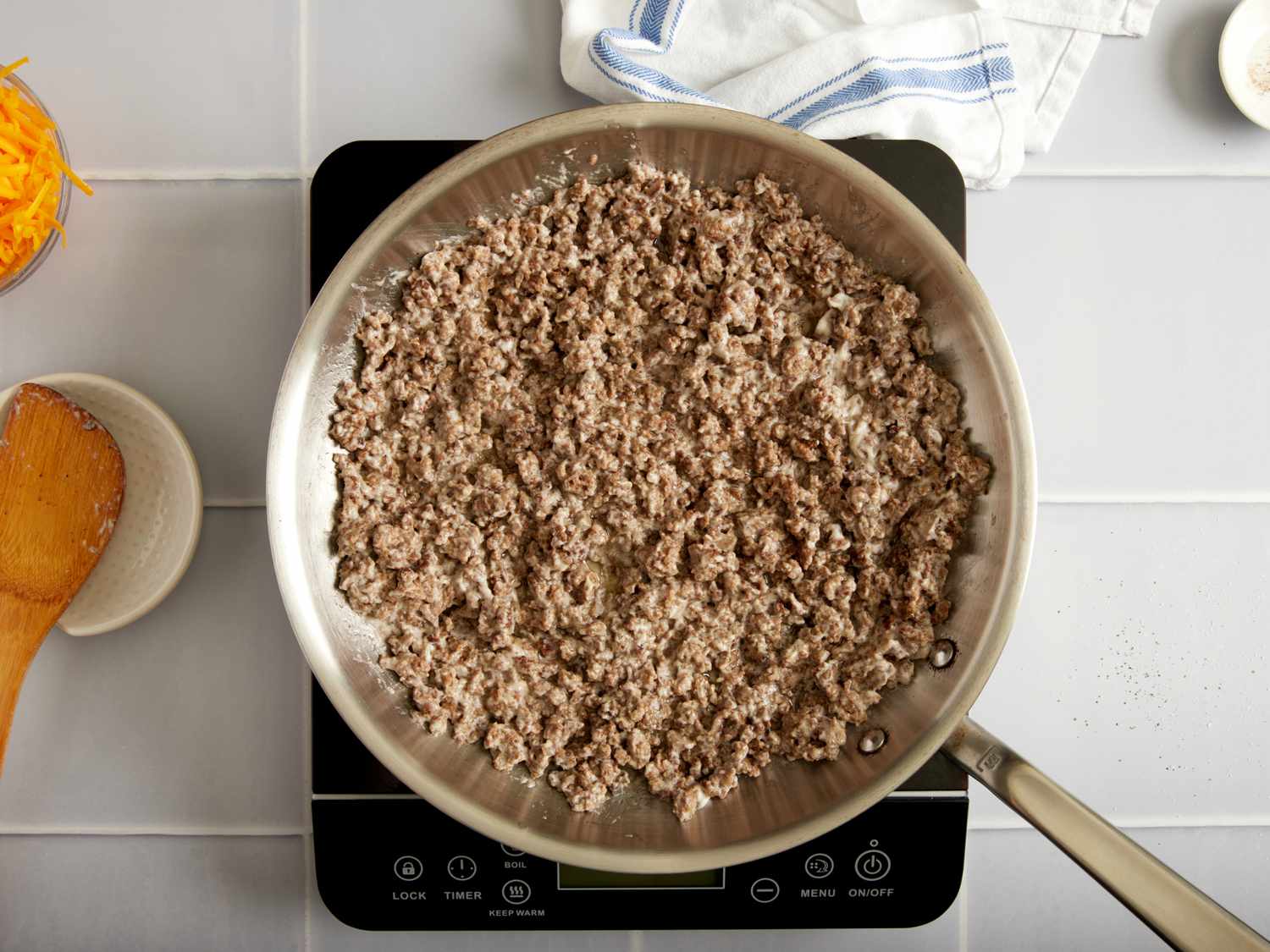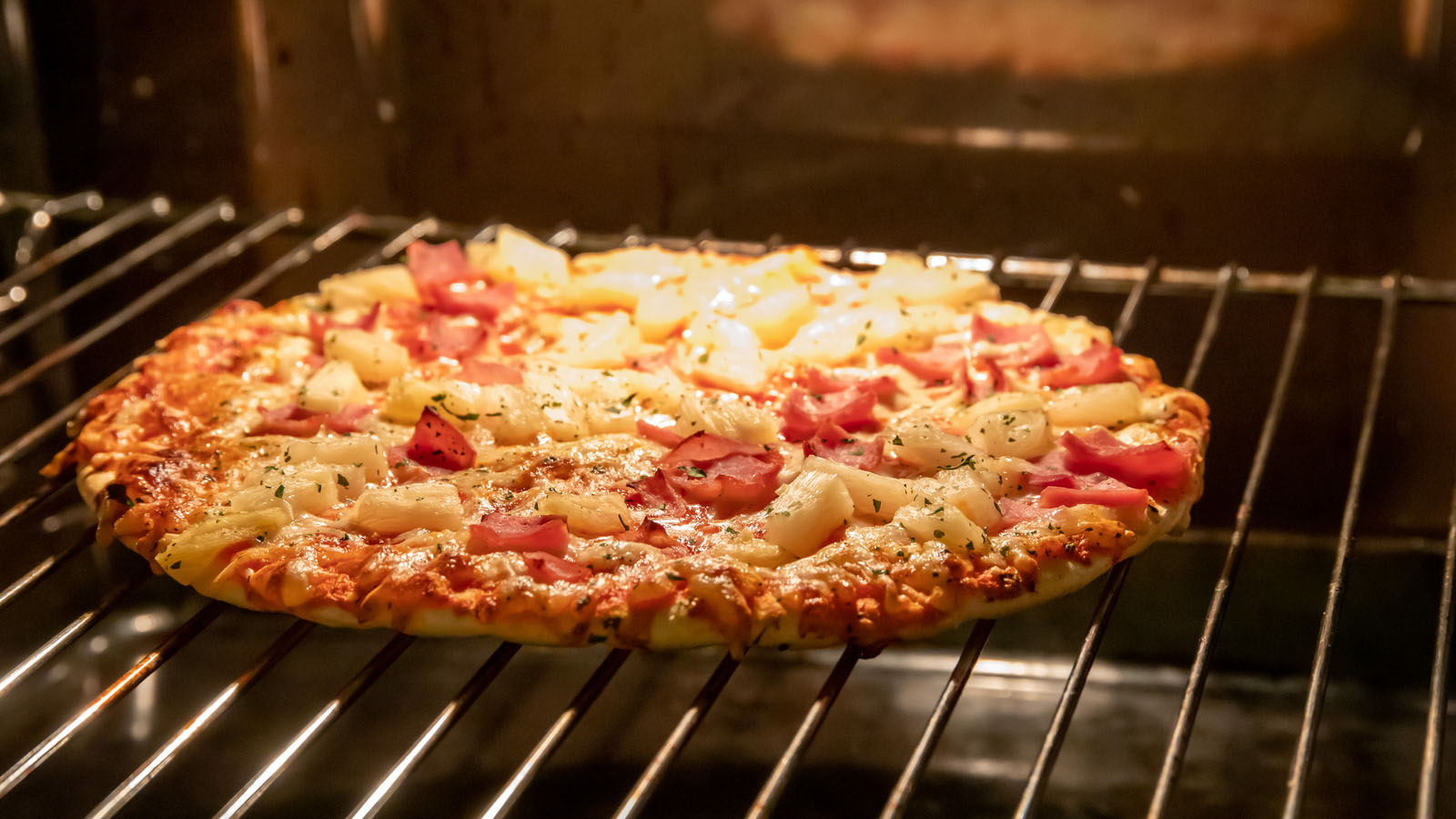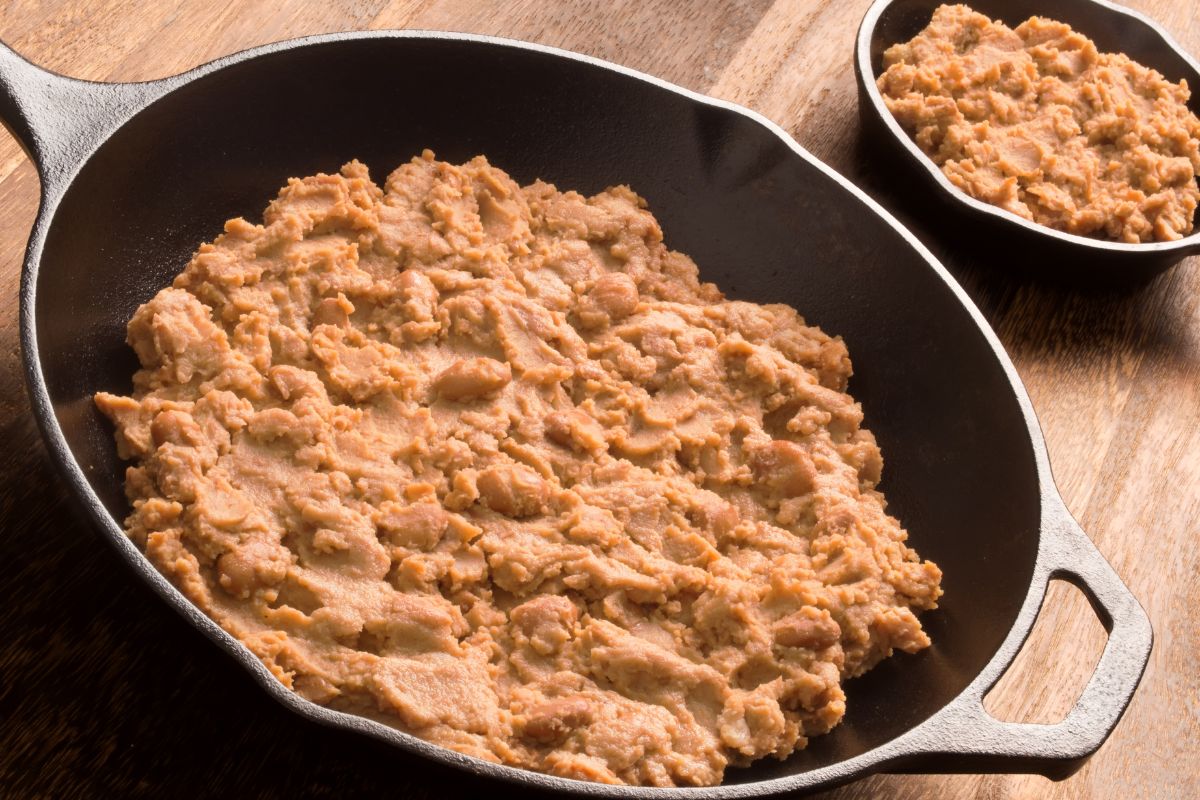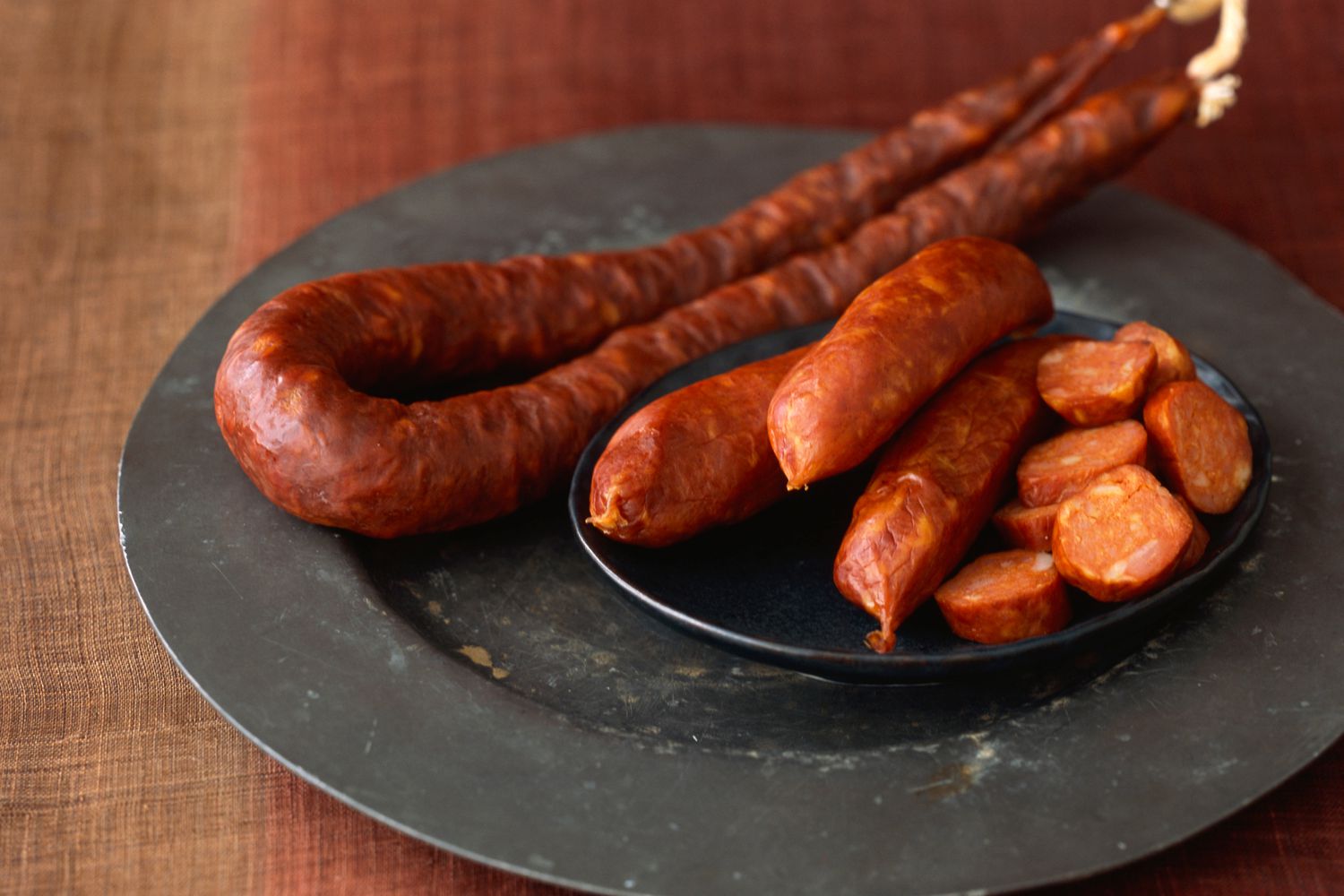The Art of Slow Roast Beef: A Culinary Delight
There’s something undeniably magical about slow-cooked beef. The tender, melt-in-your-mouth texture and rich, flavorful juices make it a true culinary delight. Whether you’re hosting a special gathering or simply want to treat yourself to a delicious meal, slow roast beef is a classic choice that never fails to impress.
Here, we will guide you through the process of preparing and cooking slow roast beef, ensuring that each step is executed to perfection. So, put on your apron, sharpen your knives, and let’s dive into the world of slow-cooked perfection!
Choosing the Perfect Cut
The first step in achieving a mouthwatering slow roast beef is selecting the right cut of meat. Opt for a well-marbled, boneless beef roast such as a chuck roast, ribeye, or top sirloin. These cuts are known for their tenderness and ability to develop rich flavors during the slow cooking process.
Preparing the Beef
Before the slow roasting adventure begins, it’s important to properly prepare your beef. Follow these steps:
- Remove the roast from the refrigerator at least 1 hour prior to cooking, allowing it to reach room temperature. This ensures even cooking.
- Pat the beef dry using paper towels. Moisture on the surface can interfere with browning.
- Season generously with salt and pepper, complementing the natural flavors.
- For an extra depth of flavor, rub the roast with a mixture of herbs and spices. Rosemary, thyme, and garlic work beautifully.
The Slow Roasting Process
Now, let’s get to the heart of the matter: the slow roasting process. Follow these steps to achieve a delectably tender and flavorful slow roast beef:
- Preheat your oven to a low temperature, around 275°F (135°C).
- Place the seasoned beef roast on a rack inside a roasting pan, ensuring good airflow around the meat.
- Cook the beef for approximately 25-30 minutes per pound. This slow cooking technique allows the meat to break down gradually, resulting in a mouthwatering texture.
- Use a meat thermometer to ensure desired doneness. For medium-rare, aim for an internal temperature of 135°F (57°C), while medium is around 145°F (63°C).
- Once the roast reaches the ideal temperature, remove it from the oven and tent it with aluminum foil. Allow it to rest for 15-20 minutes. This resting period allows the juices to redistribute, ensuring a succulent final result.
Serving Suggestions
The slow roast beef is now ready to be showcased and savored. Keep these serving suggestions in mind to elevate your culinary experience:
- Carve the beef into thin slices, cutting against the grain to ensure maximum tenderness.
- Accompany the roast with classic side dishes like creamy mashed potatoes, roasted vegetables, or a fresh salad.
- Drizzle the beef with its own juices or add a flavorful sauce like horseradish cream for an extra punch of taste.
Now that you have mastered the art of slow roast beef, it’s time to enjoy the fruits of your labor. Gather around the table with your loved ones, savor the flavors, and let the wonders of slow cooking take you on a culinary journey like no other. Cheers to a truly unforgettable meal!
Explore More Recipes and Uses for Slow Roast Beef
Once you've mastered the art of slow-roasting beef as outlined in our guide, a world of culinary possibilities opens up. For those eager to experiment with different flavors, the Classic Slow-Roasted Prime Rib Recipe is a must-try, perfect for impressing guests at any dinner party. If you're a fan of more robust, aromatic dishes, the Garlic and Herb Slow-Roasted Beef Brisket Recipe offers a delightful blend of spices that enhance the meat's natural flavors. For a unique twist, the Coffee-Marinated Slow-Roasted Beef Tenderloin Recipe infuses a surprising depth of flavor that coffee lovers will appreciate. Each recipe is carefully crafted to help you utilize your slow-roasting skills effectively, ensuring delicious results every time. We recommend starting with these selections to fully enjoy the nuances of slow-roasted beef.
Was this page helpful?
Read Next: How To Cook A 5 Lb Beef Tenderloin
